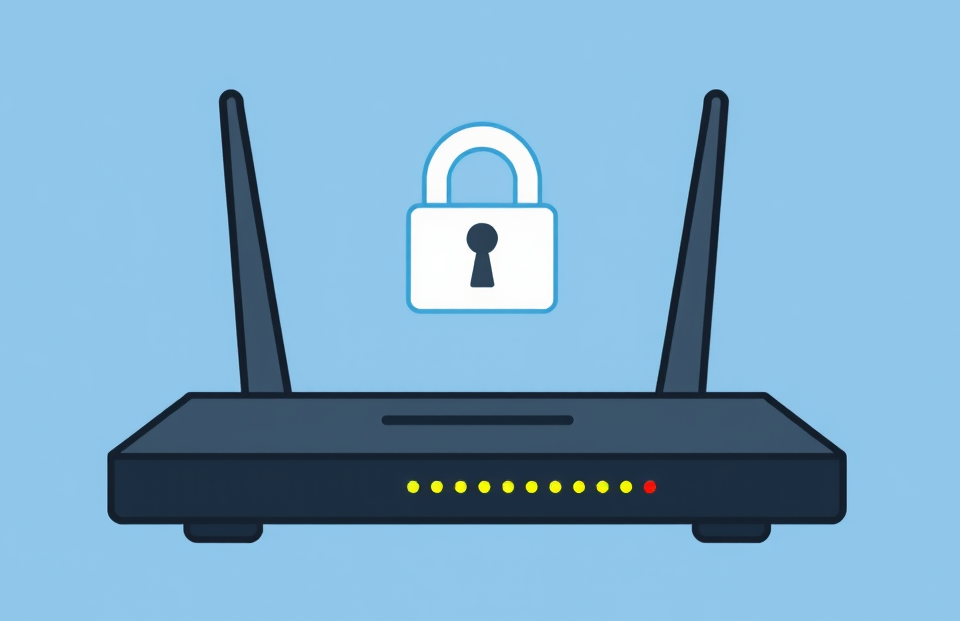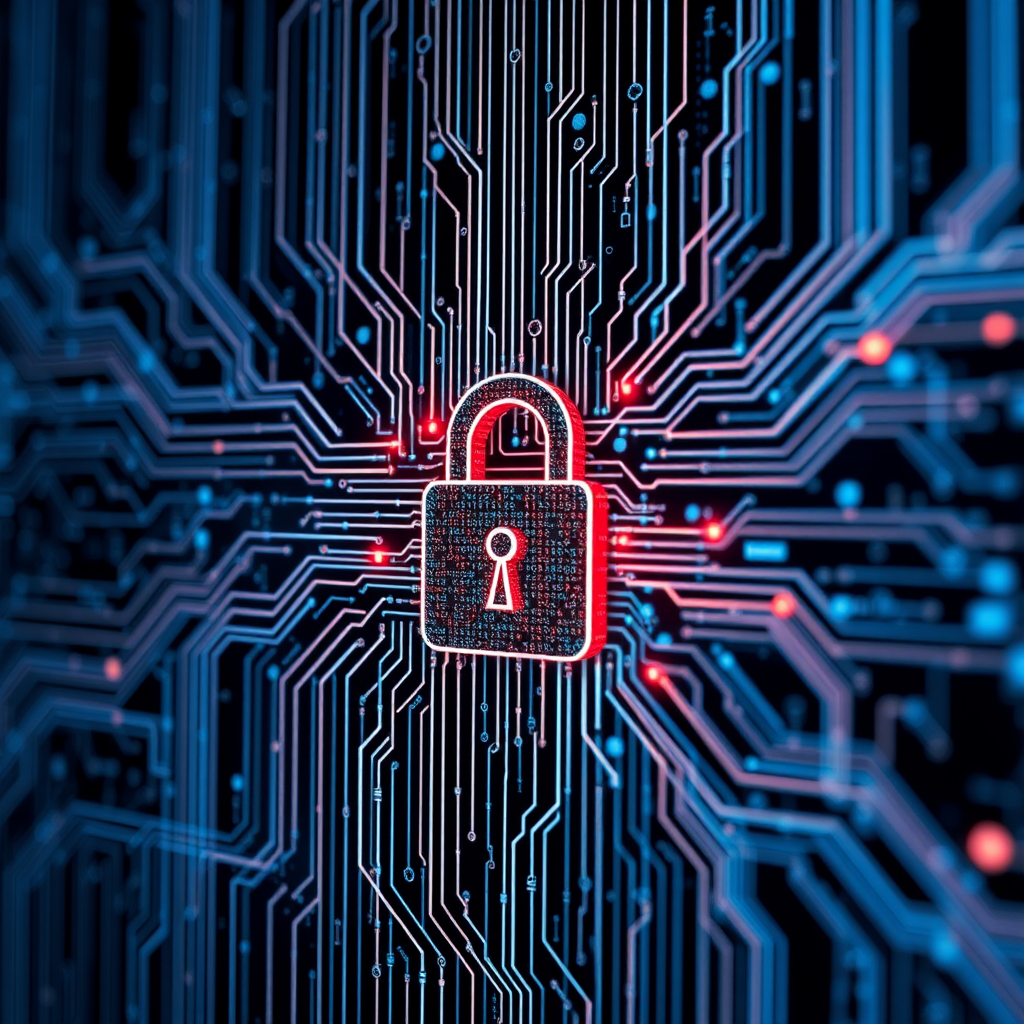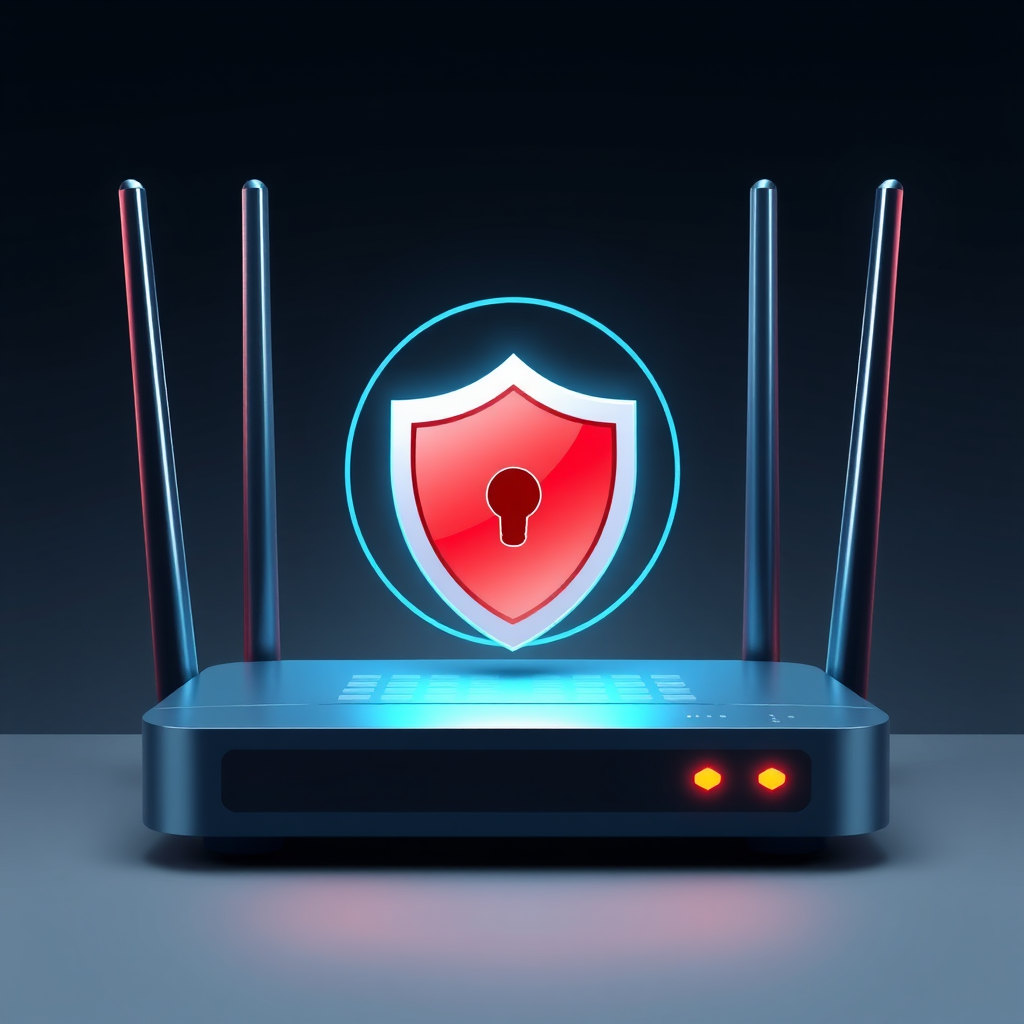Top Tips to Secure Your Home Wi-Fi and Block Unauthorized Users
Follow these complete tips to make your home Wi-Fi network safer and stop people who aren’t supposed to be there from connecting:
Change The Login Information

Router Password Administrator: Unless your ISP doesn’t allow you access to your router directly, you should change your router’s administrator username and password. Make sure your password is strong, unique, and hard to guess.
Password For Wi-Fi: Use a mix of capital and lowercase letters, numbers, and special characters to make a strong Wi-Fi password. Don’t give out information that is easy to guess, like names or dates. Use complex combinations of letters, symbols, and numbers, and make it as long as you can.
For example a password like this: “2-SlNpq$/[28_ñ” can take a lot of time to be deciphered by a non-prepared hacker, so the longer and the more complex the password is, the more secure.
Turn On Strong Encryption
WPA2 or WPA3: Make sure that WPA3 or at least WPA2 security is used on your network. These methods encrypt data that is sent over your network. This makes it harder for people who aren’t supposed to be there to capture your data.
Update The Router’s Firmware Often
Updates to Firmware: Often check for and install firmware changes for your router. Updates that fix security holes are often released by manufacturers.
For this, Google your router’s manufacturer, reference, or model number and follow the instructions in order to update your firmware, this should be simple to do, or you could try to search for a step-by-step tutorial on how to do it.
Turn Off Features That Aren’t Needed
Turn off WPS: Attackers can easily get into your network if you use Wi-Fi Protected Setup (WPS). Turn it off.
Turn off UPnP: Universal Plug and Play (UPnP) can put your network at risk, so you might want to turn it off unless you need it for certain programs.
Keep An Eye on Devices That Are Connected
See The List Of Devices: Log in to the admin panel of your router often to see a list of all the devices that are linked. Look for any strange gadgets and find out what they are.
Tools for Scanning Networks: Some ISPs provide an app that allows you to see the connected devices to your network, or if you are an advanced user you can use tools such as Angry IP Scanner or Nmap to look through your network and see what devices are linked. This will help you make sure that no one is using your network without your permission.
Set Up MAC Address Filtering
MACs Filtering: Set up your router so that only certain MAC addresses (devices’ unique identifiers) can join to your network. This adds an extra layer of protection, but you have to keep track of the devices that are allowed.
Set Up A Network For Guests
Guest Network On Its Own: You should make a different network for guests. This protects your main network and keeps sensitive gadgets from getting in.
Turn Off Remote Management
Turn Off Access From Outside: Unless your ISP forbids access to your network equipment directly, if your router has remote management tools, hackers may be able to change your settings from outside your home network.
So in case your ISP doesn’t need remote access to your router, or if you are using a secondary router in your network you should turn off remote access, and protocols such as telnet and SSH in your router’s control panel or by using command line if you are an advanced user.
Put Up a Firewall
Router Firewall: Make sure that your router’s built-in protection is turned on. This adds another barrier to unauthorized users trying to get in without permission.
Use a VPN
VPN For Extra Safety: When connecting to the internet through your home network, or even more importantly when using public Wi-Fi, you might want to use a Virtual Private Network (VPN) for enhanced online security.
Change Your Wi-Fi Password Often
If you change your Wi-Fi password often, anyone who has gotten in will no longer be able to get in after the change.
These tips will greatly improve the safety of your home Wi-Fi network, lowering the chance of unauthorized access and making sure that only trusted devices can join.
You may also like to check into account the information provided in our article: How to Spot and Protect Against Rogue Access Points as this compliments all that you need to know when connecting to Wi-Fi networks outside of your home.
